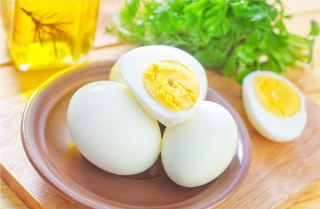
Understanding and Applying the Power of the Egg
11 August 2025Teaching the functional (and unexpected) benefits of eggs including mouth feel, viscosity and richness.
By Lisa Parrish, GMC Editor
Feedback & comments: This email address is being protected from spambots. You need JavaScript enabled to view it.
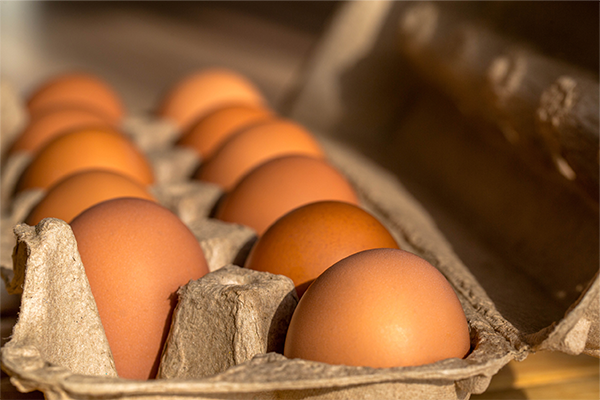 Eggs are a staple across all foodservice sectors. In fact, 90 percent of American households possess the familiar dimple-cartoon holding the fragile and versatile egg in waiting. Sure, most people know the white and yolk contents make a quick and delicious breakfast with just a pan and salt and pepper. But eggs have more than 20 functional advantages from the clarification benefits of egg whites to the ability to control ice crystallization (especially popular in ice cream) to aiding in humectancy.
Eggs are a staple across all foodservice sectors. In fact, 90 percent of American households possess the familiar dimple-cartoon holding the fragile and versatile egg in waiting. Sure, most people know the white and yolk contents make a quick and delicious breakfast with just a pan and salt and pepper. But eggs have more than 20 functional advantages from the clarification benefits of egg whites to the ability to control ice crystallization (especially popular in ice cream) to aiding in humectancy.
Eggs have an unexpectedly wide range of uses that go beyond grab and go breakfast concoctions. I recently asked Chef Nelson Serrano-Bahri, director of innovation at the American Egg Board, for his ideas on how culinary instructors can teach the many uses of eggs across all dayparts and menu categories. Through his work in the Eggcelerator Lab, a center that helps a broad range of organizations envision transformative products, technologies and solutions that benefit from using eggs, Chef Serrano-Bahri discussed egg-centric areas to focus on in the culinary classroom. He highlighted eggs’ silky texture, neutral flavor and velvety richness in various applications.
He also detailed how a student culinary team from Cornell University recently won the Egg Board’s Student Innovation Competition with their egg-yolk-based cereal that featured crispy egg yolk pieces blended with chocolate and chia-covered chickpeas and freeze-dried strawberries and bananas.
Read our interview below.
Describe a surprising dish where you have utilized eggs as a binder that most cooks might not expect.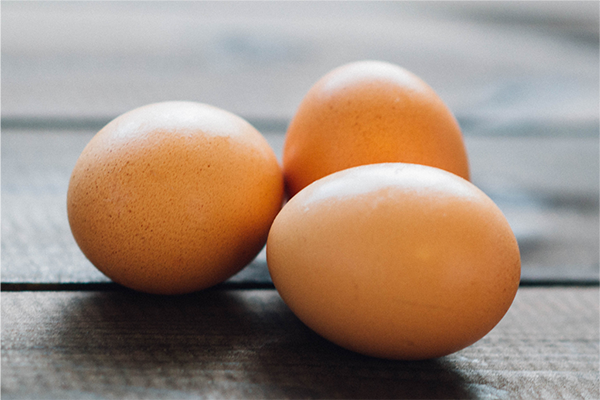
In addition to using egg whites to bind nut and granola bars, one of the more unexpected uses we’ve explored is in coated nuts, such as Bavarian-style candied nuts, where egg whites help spices and sugar cling evenly while creating a beautiful, glossy finish and satisfying crunch after roasting.
Another less-common application: savory seed crackers and crisps. Here, egg whites serve as a clean, flavor-neutral binder that holds seeds, grains, and aromatics together while crisping beautifully in the oven, no gums or added starches needed.
We’ve also seen success using eggs to bind stuffed vegetables or stuffed seafood, such as crab-stuffed zucchini boats or shrimp mousse in eggplant. The egg helps the filling set and hold together during cooking without weeping or breaking apart.
Describe an unexpected way in which you used eggs to leaven instead of using chemicals like baking powder.
I’ve worked with whipped egg whites to leaven savory pancakes or vegetable fritters, think zucchini or corn fritters, where baking powder might not be desired for label or flavor reasons. By separating the eggs, whipping the whites to soft peaks, and folding them into the batter, we create an incredibly light and airy texture without any chemical leaveners. This technique also brings a fresher, more delicate flavor and mouthfeel, which can be especially desirable in clean-label or culinary-driven menus.
We’ve also explored this concept in the Eggcelerator Lab for gluten-free batters and baked goods, where traditional leaveners and starches are avoided. Whipped egg whites provide structure and lift while maintaining ingredient simplicity.
Describe how eggs affect the mouthfeel and taste of a beverage.
Real eggs bring a signature creaminess and roundness to beverages that is hard to replicate. The whites create a fine, velvety foam that adds body and a visual element of indulgence, while yolks contribute a dense, smooth mouthfeel and subtle richness without overpowering the drink. When balanced well, they can create a layered experience, from the initial silky sip to the lingering finish. In some of our test kitchens, we've seen eggs transform cold brews and teas into protein-forward, latte-like experiences – rich, smooth and satisfying with minimal added fat or sugar.
How would chefs use the white, yolk and whole egg in a beverage?
In the world of culinary innovation, eggs in beverages are a hidden gem. Egg whites are often used in cocktails like the Pisco Sour for their ability to create a luxurious, long-lasting foam and silky texture. Yolks, on the other hand, bring richness and depth to drinks like eggnog or protein drinks. When you use the whole egg, as we’ve done in prototype functional beverages, you're capitalizing on both textural worlds: the yolk's velvety richness and the white’s light body and foaming properties. It's especially impactful in high-protein meal replacement drinks where eggs offer both complete nutrition and ideal viscosity.
Can you address the best practices of using raw eggs safety?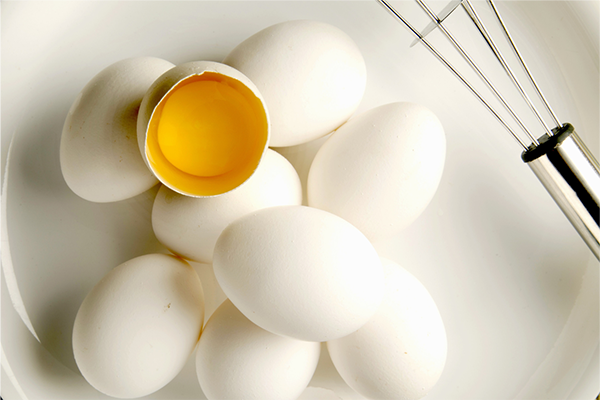
Raw egg use in beverages does come with safety considerations. I always emphasize the use of pasteurized eggs in beverages, which eliminates the risk of Salmonella while preserving the functional properties needed for foaming, emulsifying or enriching. Best practics also include keeping eggs refrigerated at 40°F or below per USDA guidelines, using clean utensils and surfaces and consuming the finished product within a short time window. For foodservice, leveraging pasteurized liquid egg products offers both safety and consistency, ideal for high-volume operations or packaged applications.
Describe a culinary application where eggs were utilized in an unexpected way. Reimagining the use of eggs is exactly what we foster through the American Egg Board’s Eggcelerator Lab, especially in our work with emerging culinary talent. Most recently, we hosted our annual student innovation competition, a national challenge where students were invited to develop novel applications of egg yolks across food and beverage categories. The creativity was incredible. We saw everything from shelf-stable egg yolk cereal to chocolate truffles wrapped in egg yolk threads.Competitions like these reinforce the value of teaching eggs not just as an ingredient, but as a functional, versatile and scalable solution. When students engage with eggs beyond traditional formats, they begin to see them as a clean-label tool for modern food innovation. Through the Eggcelerator Lab, we’re proud to be shaping how the next generation of chefs, product developers and food scientists understand and apply the power of the egg.
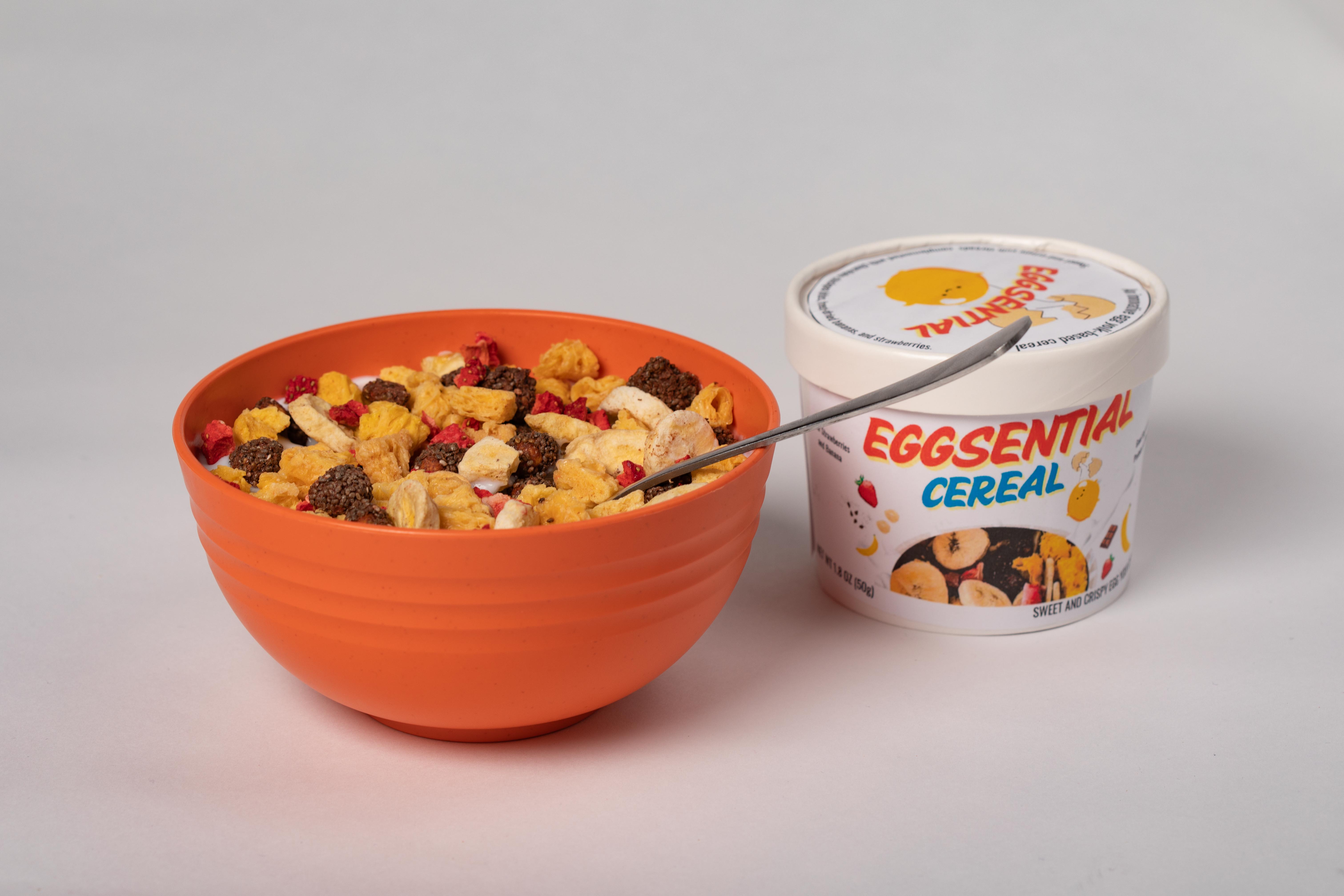 One of my favorite unexpected applications came from our Eggcelerator Lab’s student innovation competition, where we saw shelf-stable egg yolk cereal, a concept that reimagined the yolk not just as a flavor or texture enhancer, but as a central, functional ingredient. Another creative application was egg yolk “threads” used to encase chocolate truffles, adding an artistic, protein-rich dimension that also supported extended shelf life.
One of my favorite unexpected applications came from our Eggcelerator Lab’s student innovation competition, where we saw shelf-stable egg yolk cereal, a concept that reimagined the yolk not just as a flavor or texture enhancer, but as a central, functional ingredient. Another creative application was egg yolk “threads” used to encase chocolate truffles, adding an artistic, protein-rich dimension that also supported extended shelf life.
What excites me most about teaching expanded uses of eggs is watching culinary students move from seeing eggs as just a breakfast item to understanding them as a toolbox of solutions. Whether they’re solving for texture, emulsification, shelf life, or clean-label needs, eggs offer a foundation for innovation that’s unmatched. Our work at the Eggcelerator Lab is helping shape that mindset, giving future chefs the confidence and creativity to put eggs at the center of their culinary problem-solving.
About Chef Nelson Serrano-Bahri
Chef Nelson Serrano-Bahri’s culinary and food science education, along with his work at Kraft, Nestle, Unilever, as an entrepreneur in his native Puerto Rico, and most recently at Ingredion, have helped contribute to his success. Today, he leverages his experiences in his current role as irector of Innovation for the American Egg Board (AEB). Together with the Eggcelerator Lab, AEB’s Innovation engine, Serrano-Bahri works with food companies, start-ups and entrepreneurs to help them in their quest to create successful food and beverages, while promoting the use and functionality of eggs as a powerhouse clean-label nutritious ingredient.
